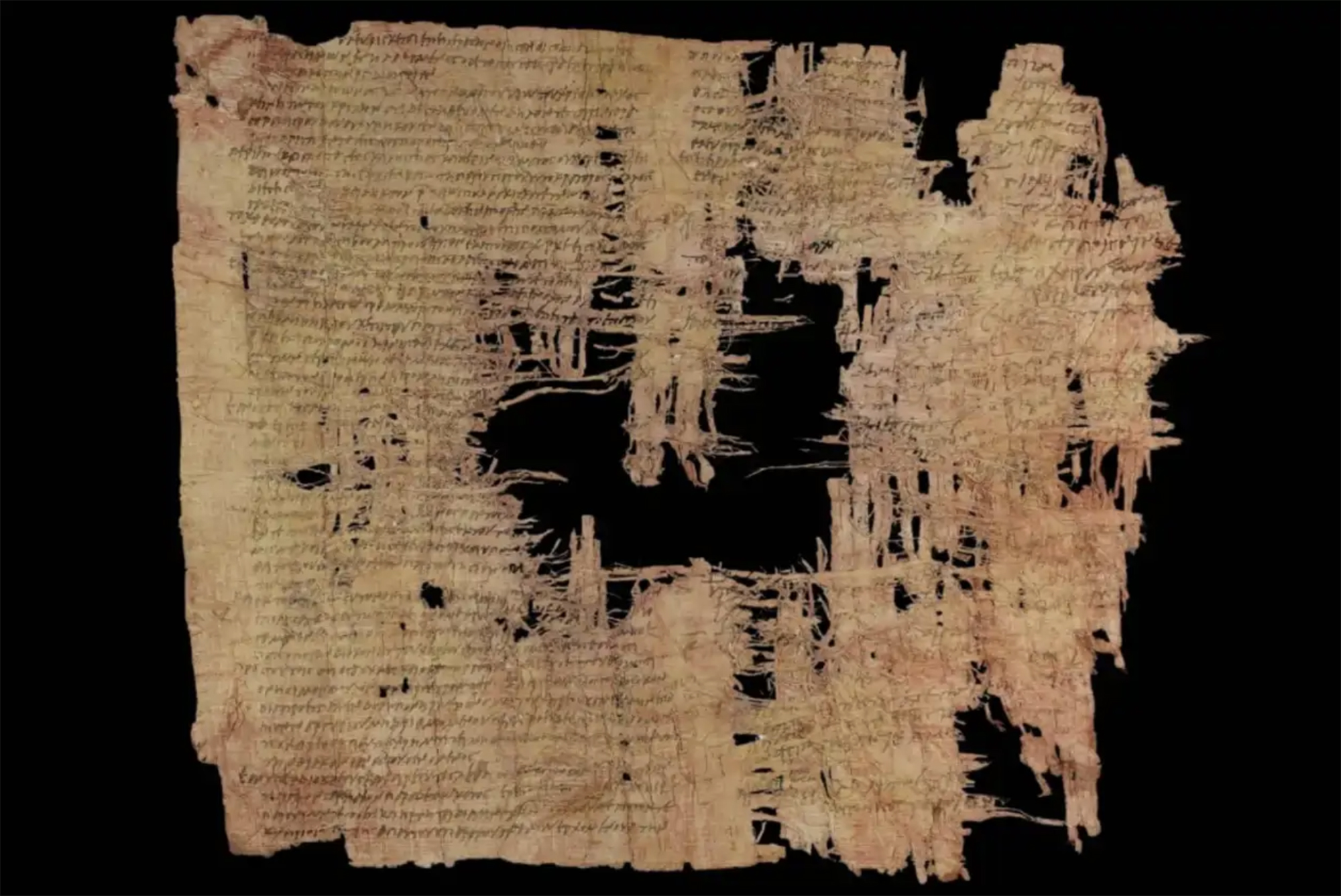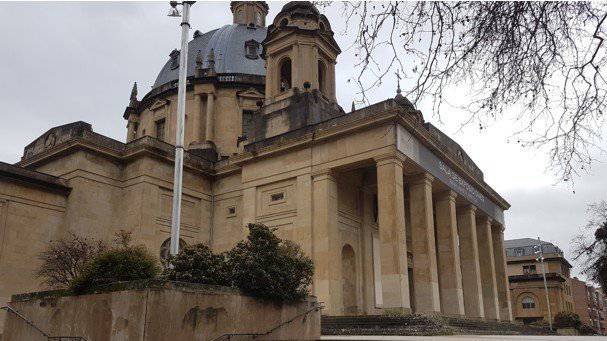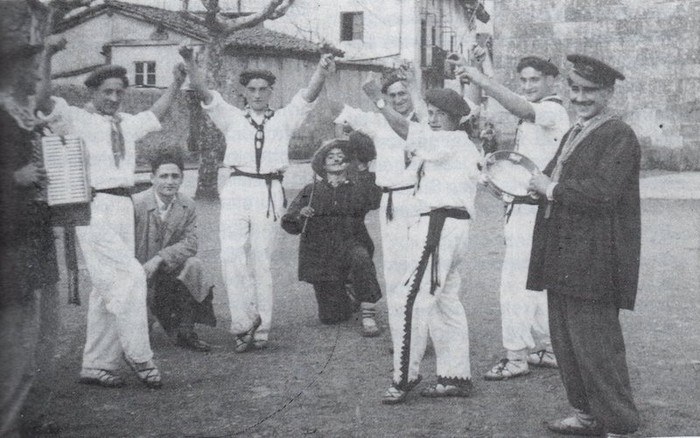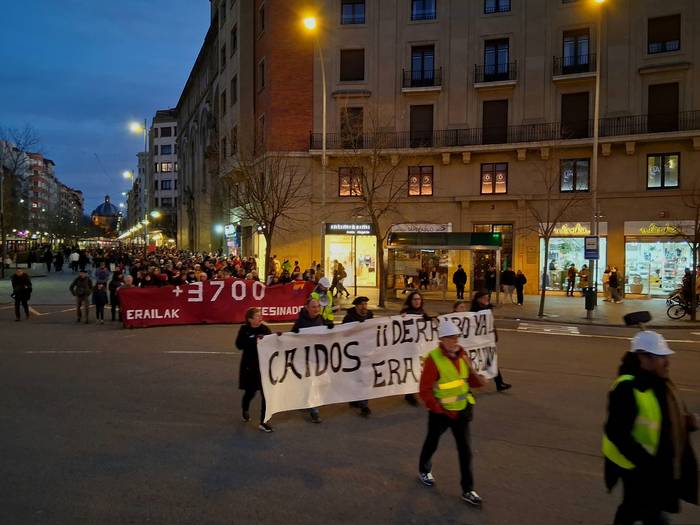A journey to the history of cooperativism
- At a time when some are questioning cooperativism, much has been said about the “mysticism” of the Basque industry. In the book Ormaiztegi 1860-1970, the Millan Cultural Association of Irizar has published a small part of the history of our industry. It is also possible to understand the causes of a very diverse business fabric that is woven in many regions of the Basque Country, taking as an example the people of Ormaiztegi and the Irizar cooperative.
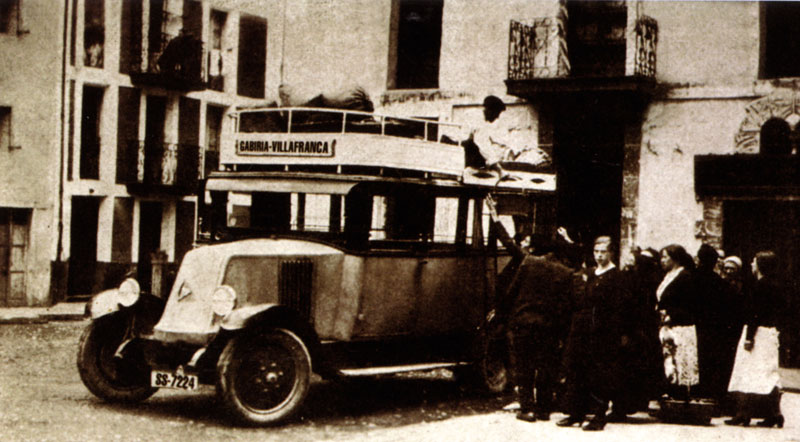
When José Francisco Irizar acquired the dwelling Uherkalde in 1866, he would hardly have thought about the carpentry work that would culminate in the repair of the networks and guards of the neighbors. At present, thousands of workers are working in the companies that make up the Irizar Group, 700 of them as cooperatives. In the book Ormaiztegi 1860-1970 the details of this evolution have been reported and, at the same time, Ormaiztegi has been placed at the epicenter of the heterogeneous industrialization of Gipuzkoa.
In the nineteenth century, there were many factors that determined that the factories of various sectors, mainly the paper, textile and metallurgical industry, were not concentrated in specific locations but were dispersed in many valleys. The Goierri is one of those valleys, and Ormaiztegi is in a strategic location in the Goierri.
When Zeles Otamendi joined the City Council secretariat, he was surprised by the number of companies in the area. When he learned that Millan Irizar had a lot of documentation about his company, he urged him to fix it. Hence came the book's project, realized thanks to the research work of historians Norberto Ibáñez and José Antonio Pérez, and published by the impulse of his son Javier after the death of Millán.
Ormaiztegi: The paradigm of industrialization in Gipuzkoa
Irizar’s success can cast a shadow over an entrepreneurial company that has been bogged down for centuries and a half in Ormaiztegi. Stimulated by the arrival of the Northern Railway, as well as by the businesses attracted by the mines and the spa, in Ormaiztegi the small workshops soon multiplied. In most cases, they were also dedicated to the dwelling “mixed laborers”, which, according to the authors of the book, became “a fundamental piece of the Gipuzkoan industry” and which still do so today.
In Ormaiztegi in 1860 there were hardly any traditional carpenters and a tile factory. In 1931, hardware stores, hardware store, furniture pavilion, modern carpentry, gas factory, mechanical sawmill and body.
During this time there was an expansion of electricity. In the wet Basque Country, waterfalls that are not rare for the installation of hydroelectric plants were used. For example, Juan Azurmendi took the electricity for his horseshoe factory from the Eztanda and Argisao stream, and Andrés Tellería bought in the 1920s the Astigarraga plant to modernize the tile and brick business.
Until recently more than 60% of the industrial fabric of Gipuzkoa was in the hands of “family” companies. Passing through the corporate lineages of Ormaiztegi we will find the Irizar, the Ormazabal – founders of the Motor Force factory – the Azurmendi, the Telleria, the Hermanos Guerra, as well as José María Lasa, head of the Lo Mejor factory, pioneer in innovation. Lasa went from working with a carpenter's dynamo to making electro-mechanical appliances and motors.
The entrepreneurs got the necessary funding to get the business going, reinvesting the low profits. According to the authors of the book, therefore, they did not make an ostentatious fortune: “In this way, a distinctive image of the head of Gipuzkoa, self-taught, was shaped, much closer to the self-taught worker than to the entrepreneur whose reality is totally alien to him”.
Irize carrogiles and the jump to cooperativism
When the Irizar moved to the region of Uherkide, they began to be called carrots. Some of José Francisco’s sons began to dedicate themselves to other professions – Paul put the mechanical workshop and Juan Cruz the furniture factory. On the contrary, Joselontxo and Cecilio took care of his father’s wagon business.
They started with the burro or malakate mill that they had in the farmhouse workshop, but then they put a steam saw to make carriage rabbits. In 1912, they moved to a larger pavilion. It wouldn't be the last time.
In the 1920s, more and more cars were being seen on roads and streets – in Gipuzkoa there were 698 registered in 1926. The first bus of the Irizar was for the Gabiria-Ordizia route, built in 1928 for Juan Apaolaza. The bus was ordered in 1936 and Apaolaza had to act as a driver of the Francoist side.
After the war, the sons of Cecilium came from military service and with the death of their father and uncle took over the company. In 1948, buses began to be built more systematically, when there was still almost no supply.
As the 1950s progressed, there was a clear need to modernize the company, and the new political scenario - the Franco regime came out of autarky - required investment and expansion. 1956 Irizar Hnos. and Cía S.R.C. It was founded in 1960 by Irizar S.A. Irizar expanded and improved production with contracts with several companies and companies, and created a technical office to design buses.
“Bodywork increased considerably and a problem arose: the workers, before learning the trade, took over or headed for other companies. Greater capital was also needed to cope with the investments. Through the cooperative, it seemed to us that the workers could be integrated into the company and, by the way, we would get the necessary financial resources.” This is how Millan Irizar summed up his decision to become a cooperative.
In 1962, Miguel Mari Irizar, leader of the brothers, contacted José María Arizmendiarrieta through Serafín Esnola. Thus, they explained the project to the workers of the company and 52 founders participated in the creation of the cooperative.
The company achieved stability and had a great boost: In 1960, nine buses were built, in 1963 there were 35. Cooperation was also a major step forward in the field of education. Irizar, in addition to promoting in-company training, participated in the creation of the Goierri vocational school.
It's 50 years since Irizar became a cooperative. During this time he meets salads and sweets: In the 1970s, the abandonment of the Irizar family, the crisis of the 1980s, the internationalization in the 1990s and the prestige and success in the year 2000. Time will prove its adaptation to the global structural crisis.
Judea, 2nd century AD. In the turbulent atmosphere of the Roman province, a trial was held against Gaddaliah and Saul, accused of fraud and tax evasion. The trial was reported on a 133-line paper in Greek (pictured). Thinking that it was a Nabataean document, the papyrus was... [+]
Poloniar ikerlari talde batek Sevillako Italica aztarnategiko Txorien Etxea aztertu du, eta eraikinaren zoruko mosaikoak erromatar garaiko hegazti-bilduma xeheena dela ondorioztatu du.
Txorien etxean 33 hegazti daude mosaikoetan xehetasun handiz irudikatuta. Beste... [+]
Archaeologists have discovered more than 600 engraved stones at the Vasagård site in Denmark. According to the results of the data, dating back to 4,900 years ago, it is also known that a violent eruption of a volcano occurred in Alaska at that time. The effects of this... [+]
Vietnam, February 7, 1965. The U.S. Air Force first used napalma against the civilian population. It was not the first time that gelatinous gasoline was used. It began to be launched with bombs during World War II and, in Vietnam itself, it was used during the Indochina War in... [+]
I just saw a series from another sad detective. All the plots take place on a remote island in Scotland. You know how these fictions work: many dead, ordinary people but not so many, and the dark green landscape. This time it reminded me of a trip I made to the Scottish... [+]
Japan, 8th century. In the middle of the Nara Era they began to use the term furoshiki, but until the Edo Era (XVII-XIX. the 20th century) did not spread. Furoshiki is the art of collecting objects in ovens, but its etymology makes its origin clear: furo means bath and shiki... [+]












